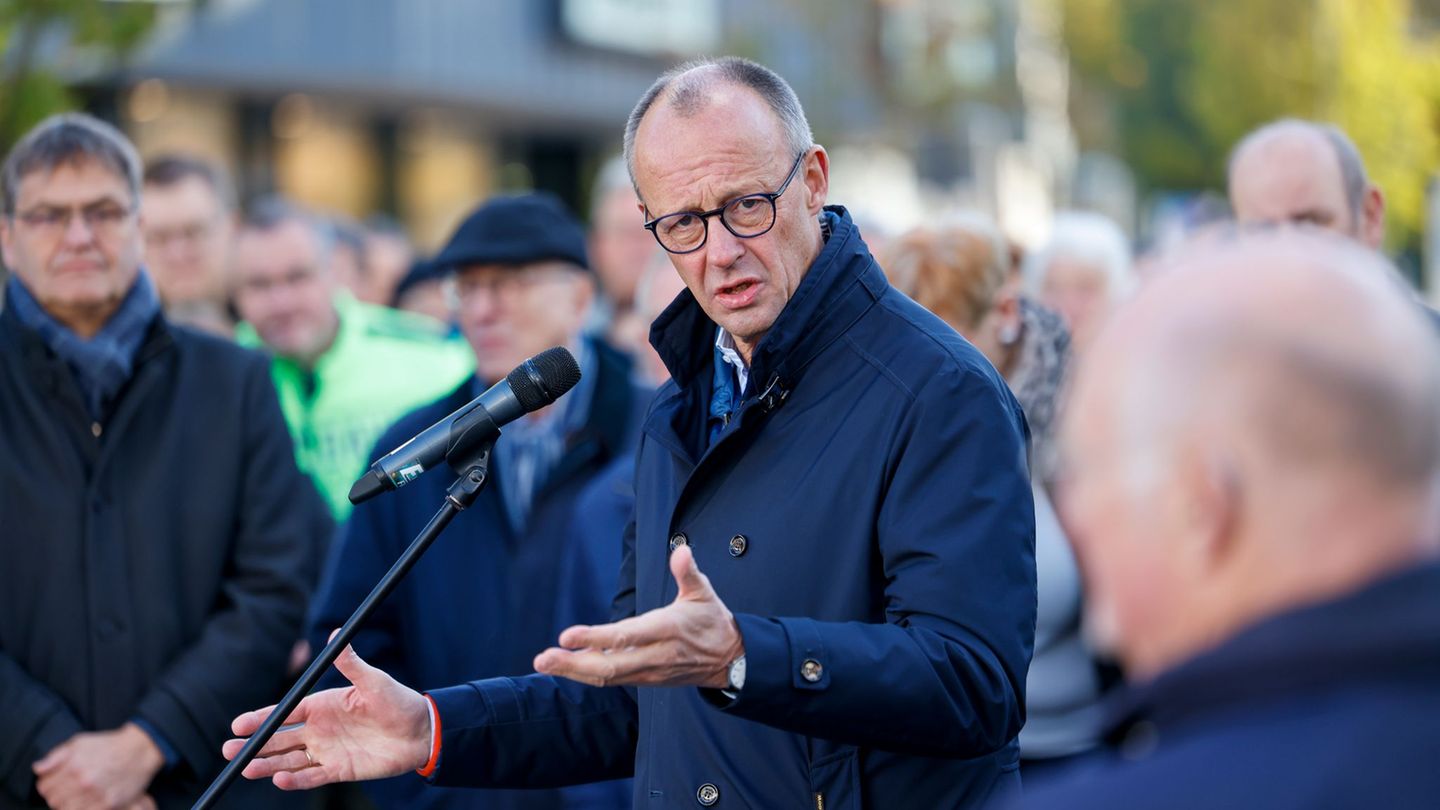Do not normalize financial opening It is part of a fundamental debate to put in crisis a model that does not have structural responses for the Argentine medium and long term needs.
Argentine external debt has reached a new record: U $ 269,933 million in April 2025a jump that not only breaks historical marks, but also changes the quality and risks of national indebtedness. TIt ras the cancellation of non -transferable letters with the Central Bank, in May the debt fell au $ 254.841 million, but the reduction is only accounting: Intrastated debt was replaced by direct commitments in hard currency with the IMF, further deteriorating the country’s monetary and financial sovereignty.
Today, Exposure to IMF sum U $ s72,487 million To pay in the next ten years, with maturities of capital, interests and overloads concentrated since 2028. The new structure forces Argentina to negotiate from a position of weakness, just when extractive multinationals (hydrocarbons, mining, agriculture) press by increasingly lax rules, such as rigid, to maximize their returns. Sectors that Argentina must integrate to generate internal ramifications and productive federalization in the short term.
So, While the dollars that enter for financial income or by these sectors seem to “stabilize” the macro, The rest of the economy – especially industry, public investments and employment – is reduced and fragmented.
BCRA FMI.WEBP
Today, IMF exposure adds US $ 72,487 million to be paid in the next ten years.
The adjustment 2023-2025: stability for few, recession for many
The cost of “cold macro” is measured in recession and deindustrialization. A necessary comparison and that not everyone does: between the first four -month period of 2023 and the 2025.
- The industry a one fell 9.8%.
- The construction A collapsed 26%.
- He Capital expenditure of the National State (public works and strategic investments) more than one 80% Regarding the previous government.
This adjustment, presented as necessary to order the accounts and enable new flows of dollars, In practice it means less employment, less activity and a greater social gap. Yes: The accumulation of reserves gives a certain exchange pax, but it does so with an immense social and productive cost. The fiscal surplus today is simply the consequence of paralyzing the real economy. And a promise of a permanent adjustment, because in each cycle that adjustment is made on the already adjusted economy.
The fragility behind mirage
At first, stability seems to bring relief. But it could be just a nominal illusion. The official strategyas in the worst moments of the 80s and 90s, It depends on the entry of dollars by indebtedness and exports of resources primary National gross debt grew More than US $ 35,463 million Since December 2023.
The stability provided by agriculture, fossil fuels and mining is relative and sectoral. They are “floors” of currencies that allow sustaining the current account and the exchange rate, but that do not promote a comprehensive, federal, technological productive development or a sustainable improvement of employment and salaries. The risk is clear: if the rest of the economy is shrinking, Argentina is condemned to a dual and fragile model, dependent on the swings of international prices and external shocks.
Is there alternative?
As Aldo Ferrer pointed out, No unbridled debt cycle can be the basis of development. A sustainable model requires again promoting productive investment, advanced innovation, federalization, public works and a national supplier generation strategy in all sectors. Without that, Argentina will only change the creditor and postpone the problems, never solve them.
Today, The apparent stability only hides a fragmented and more vulnerable economy. True discussion is not whether we adjust a little more or a little less, but if we bet on an industrial development model with inclusion for all and not only for those who can wait for the next harvest or the next horizontal fracture in Vaca Muerta.
Researcher at the Argentine Grande Institute (IAG)
IG @Hernanpherrera
Source: Ambito
David William is a talented author who has made a name for himself in the world of writing. He is a professional author who writes on a wide range of topics, from general interest to opinion news. David is currently working as a writer at 24 hours worlds where he brings his unique perspective and in-depth research to his articles, making them both informative and engaging.




